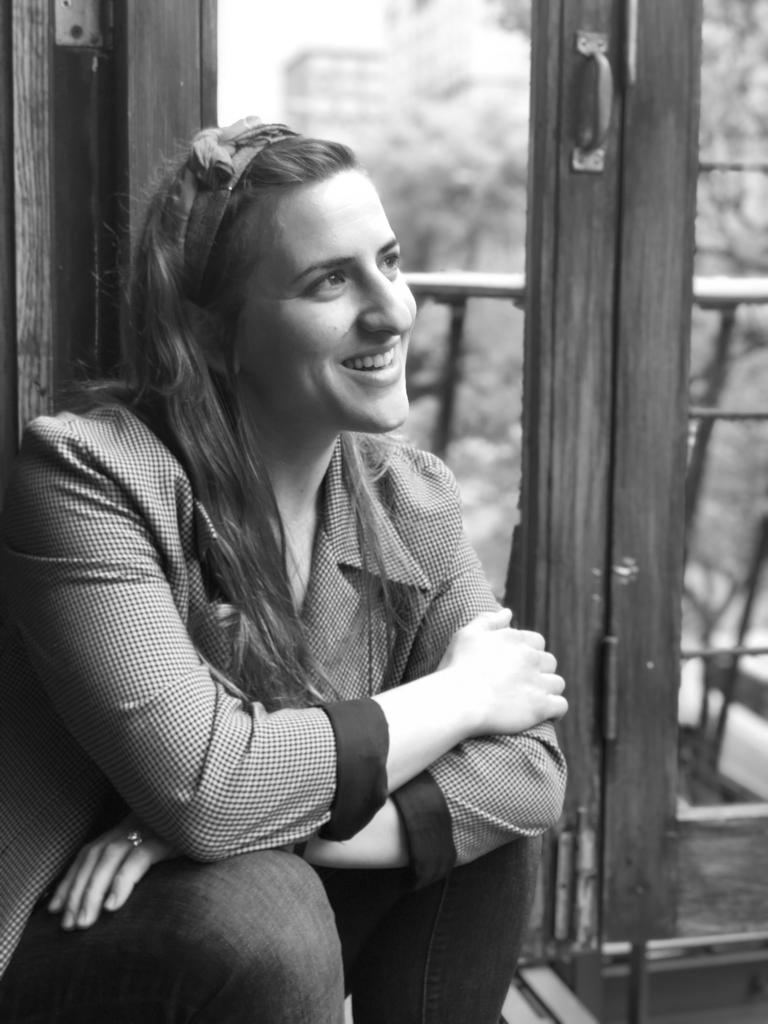
My Version of a Kippah
I decided to cover my hair about a month before our wedding and after a number of (fraught) conversations with my then-fiancé. At a bar in Jaffa’s flea market, I remember talking about choice, and crying. I remember insisting that covering my hair be my choice – where and how I would do it, if I would do it at all. I even used the phrase, “my body, my choice.” He knew it would be my choice and said as much. But I knew he wanted us to look married. He wanted to feel like a frum family. That was sweet, but far from convincing.
I grew up in a feminist Modern Orthodox household. I read megillah on Purim, but not Torah on Shabbat. For my bat mitzvah I led the prayers, but only up to the part where you need a minyan. I grew up an “Orthodox Jew”—a feminist, but Orthodox all the same. And while by the time I was married I no longer considered myself beholden to the label of “Orthodox,” I did identify as halachically observant. And deciding whether to cover my hair landed somewhere in those same cracks between adherence to tradition and free-choice feminism. Where would I fall?
Now, there are other divining lines for women in the Modern Orthodox world, and I was intimately familiar with one of them: “Do you wear pants?” was a question I would overhear. The question was meant to elicit the level of the respondent’s frumkeit. Pants? Or no? It was a live social divider.
At the time, if you asked me, I would have said, “I wear pants…in theory.” But really, I wore only skirts. I would have told you that I like them, which might have been true, but there was also a large chunk of me that liked how I felt in them: frummer than thou. I thought that that walking around in a skirt meant that I was eschewing the material focusing on what really mattered.
In all likelihood, my skirts had just the opposite effect. They telegraphed superiority, not humility. Though I could try to convince myself that I was righteous, the skirt was really about status. It took me well into college to figure that out.
By the time I was about to get married, my lifestyle had shifted. There had been no hard break from Judaism, no rebellion to speak of. At 27, living in Tel Aviv, I had stopped wearing skirts altogether except on Shabbat. I had outgrown what seemed like a youthful zealotry for putting my personal religiosity on display.
So when I sat down with my now-husband on that cool Jaffa night, what came rushing at me was the sense that this question of hair covering was not a halachic issue, as my husband saw it, or an issue of modesty, as hair covering is often described, but as a personal status indicator. Someone who saw me was meant to read: “married Jewish woman.” And I remembered the last time I went to great lengths to wear my Judaism on the outside: it was obnoxious. I worried that by covering my hair I would once again get caught up in trying to look the part of frummest kid in the class.
The turning point came after a conversation with my best friend, who is married. She had been covering her hair for a few years, and had learned how to make it work for her: she took off the hair covering when she needed to, exercised without it, didn’t let it get in her way. Our conversation reminded me that there was another comparison point in Jewish tradition, one that made more sense to me: a kippah.
Deciding to wear my version of a kippah–– a wide headband––felt not like a return to some stuck-up, more insufferable self, but like an extension of who I already was.
The world “yarmulke” itself––another word for kippah or skullcap–– comes from the Arabic yarei malka, “reverence for the King,” referring to God. And on days where I do think about it, I try to make covering part of my hair more about reverence and a little less about conceit.



